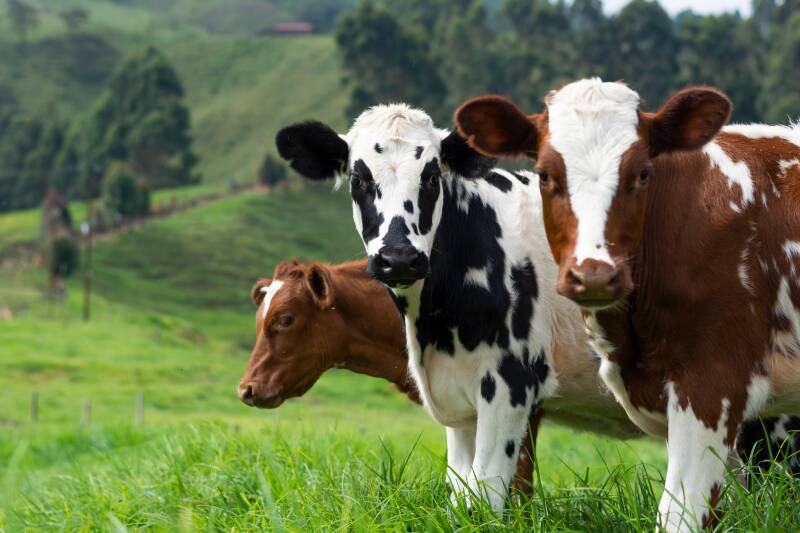Media engagement is rapidly driving interest in a new genetic selection breeding method developed by scientists working in Griffin Lab, Division of Natural Sciences.
To date, more than 2,000 elite animals have been screened using a newly developed test that enables the removal of a major cause of reduced litter size in pigs (and low pregnancy rates in cattle) by eliminating affected animals from breeding programmes.
Imbalance of the genome (so called chromosome abnormality resulting from a change in the number and/or structure of chromosomes) in the sperm of boars and bulls used for artificial insemination, has been an ongoing concern of the pig and cattle industry for over 40 years. Males with certain types of chromosome abnormalities are sub-fertile and typically produce sperm with huge extra or missing parts of the genome. This leads to reduced pregnancy rates, pregnancy loss and stillborn offspring.
Traditional types of screening from the blood of elite sires have typically prevented the sperm of affected males entering breeding programmes but many abnormalities have been missed. Darren Griffin and Becky O’Connor’s research sought to address this problem, and together they successfully developed a new method that more readily detects chromosome abnormalities in male pigs. This unique approach uses multiple fluorescent “tags” that highlight DNA sequences at the end of each chromosome. Rapid adoption by leading European pig and cattle breeders led to a programme of routine screening (to date more than 2,000 boars and 200 bulls).
Research demonstrated that the new approach requires minimal analysis training (unlike traditional approaches which requires specialist knowledge), easily detects up to twice as many abnormal boars and six times as many affected bulls. This basic screening approach has received considerable press attention, and financial income generated from its use supports the careers of post-doctoral researchers and PhD students.
The research also led to quite a fun aspect of the work in that the same fluorescent tagging technique (called “FISH”) has been used on birds and turtles. Why? Well, birds and turtles share a common ancestor (called Eunotosaurus) that lived around 260 million years ago. If we trace the evolutionary line from Eunotosaurus to modern birds, we are into dinosaur territory. What Darren’s lab (again, Becky took the lead on this) were able to do was to make reasonable assumptions about what the overall genomic structure of most dinosaurs looked like. When this work was published in 2018 it received much press attention including a BBC report. Darren has given a public talk on this work entitled “Jurassic Spark: Mapping the Genomes of Dinosaurs”, to the general public, to schools and university recruitment events.

